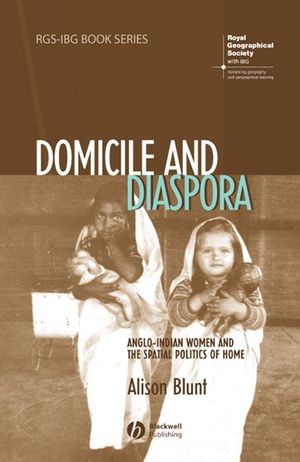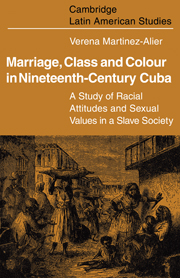Into the Arms of America: The Korean Roots of International AdoptionPosted in Asian Diaspora, Dissertations, History, Media Archive, Politics/Public Policy on 2011-07-25 22:03Z by Steven |
Into the Arms of America: The Korean Roots of International Adoption
The University of Chicago
August 2008
248 pages
Publication Number: AAT 3322621
ISBN: 9780549742289
Arissa Hyun Jung Oh
A Dissertation submitted to the faculty of the division of Social Sciences in candidacy for the degree of Doctor of Philosophy, Department of History
This dissertation locates the origins of the phenomenon of international adoption in Korea in the 1950s, when Americans began adopting mixed-race ‘GI babies’ produced through liasions between Korean women and foreign military personnel during the Korean War. Seeing no other solution to the existence of these children than their mass emigration abroad, the Korean government cooperated with allies in Korea and in the United States to establish an intercountry adoption system.
Americans had adopted children from Europe and Japan prior to the Korean War, but there are a number of reasons why intercountry took off from Korea. First, the supply of unwanted mixed-race GI babies in South Korea converged with a demand for them in the United States. The newly established Republic of South Korea sought to to redefine itself through a nationalism centered in large part on its sense of itself as an racially homogeneous nation and was therefore eager to send its mixed-race children overseas. At the same time, Americans expressed interest in adopting Korean GI babies for a number of reasons: humanitarianism, a shortage of adoptable children in the U.S., or because they wished to avoid the doctrinal investigations of social workers required under state adoption laws.
Second, a ‘culture religion’ or ‘civic religion’ that I call Christian Americanism emerged in the 1950s to power the early movement to adopt Korean GI babies. Christian Americanism combined patriotism with vaguely Christian principles to form a powerful ideology that promoted U.S. responsibility in the new world of the Cold War. The adoption of Korean GI babies became a Christian Americanist missionary project, and although not all adoptive parents of children from Korea were Christian Americanists, the language of Christian Americanism became the language of the Korean adoption movement. Christian Americanist adopters saw adopting a Korean GI baby as a way to participate in their country’s new Cold War project of proving its racial liberalism and winning the hearts and minds of newly independent countries around the world. Third, Harry Holt, a farmer from Oregon, emerged as a leader of the Christian Americanist Korean adoption movement. Holt founded the Holt Adoption Program in 1956, made Korean adoption available to the masses, and was a crucial catalyst in the establishment and development of international adoption.
In the early 1960s, the composition of the Korean homeless-child population changed such that mixed-race children no longer represented the majority of the Korean children being adopted internationally. The institutions, procedures and laws that had been erected to facilitate the removal of mixed-race children became a convenient system through which to send full-blooded children abroad.
Korean adoption has been a dynamic and ever-changing phenomenon reflecting some of the major trends in Cold War politics as well as shifting ideas about race, family and nation in both Korea and the United States. What began as a race-based evacuation evolved into a Cold War missionary project, and has now become an increasingly common way for Americans to build their families.
TABLE OF CONTENTS
- VOLUME ONE
- LIST OF TABLES
- ACKNOWLEDGMENTS
- ABSTRACT
- INTRODUCTION
- CHAPTER 1. Soldiers, Missionaries and the Kids of Korea
- CHAPTER 2. Creating Intercountry Adoption
- CHAPTER 3. A New Kind of Missionary Work: Christian Americanism and the Adoption of Korean GI Babies
- VOLUME TWO
- CHAPTER 4. Making Orphans, Making Families
- CHAPTER 5. Harry Holt Versus ‘The Welfare’: The Fight Over Proxy Adoption
- CHAPTER 6. The Turn In the Road
- APPENDIX U. S. Immigration Laws Pertaining to Korean Adoption
- BIBLIOGRAPHY
LIST OF TABLES
- TABLE 0.1 Immigrant Orphans Admitted to the United States Under the Displaced Persons Act of 1948
- TABLE 2.1 Number of Korean Children Admitted to the U.S. Under Temporary Orphan Legislation
- TABLE 3.1 Number of Mixed-Race and Full-Blooded Korean Children Placed Abroad for Adoption (By Race), 1955-1961
- TABLE 3.2 Number of Mixed-Race and Full-Blooded Korean Children Placed Abroad for Adoption (By Agency), 1955-1961
- TABLE 6.1 Overseas Child Placement by Agency, 1953-1960
- TABLE 6.2 Number of Korean Children Placed Abroad by HAP By Year
Purchase the dissertation here.

